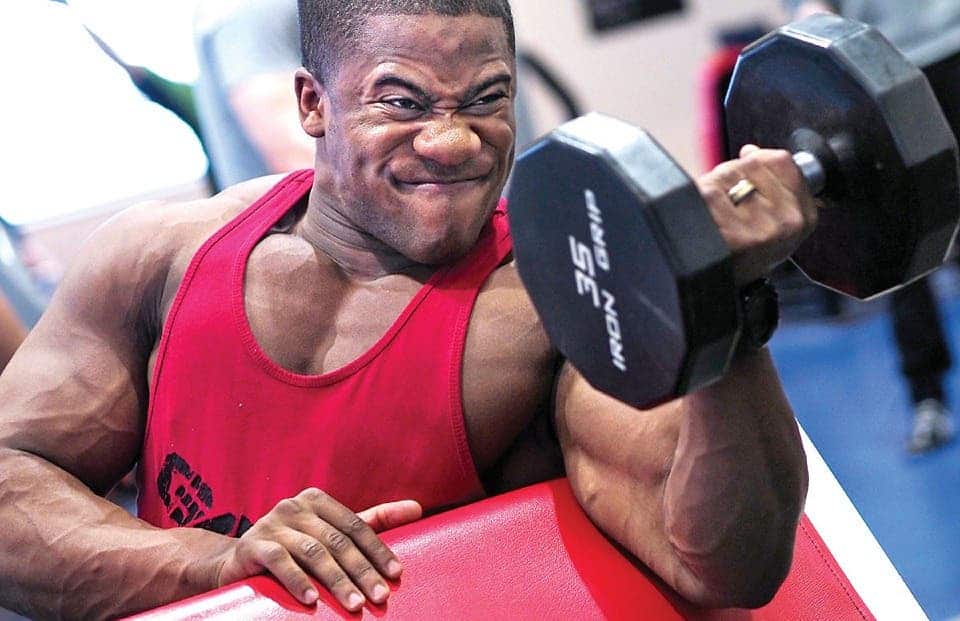Strength training may protect people from heart attacks and stroke better than running or cycling, a new study suggests.
Researchers at St. George’s University in Grenada analyzed data from the 2005-2006 National Health and Nutrition Examination Survey in the U.S. The data included information on the types of physical activity performed by 4,086 adult participants, but also the presence of cardiovascular risks, such as high blood pressure, high cholesterol, overweightedness, or diabetes.
The research team looked for an association between cardiovascular risk facts and the type of physical activity, which could be either static (i.e. push-ups, static rowing, lifting weights, dips, arm and leg raises, and hand grips) or dynamic (i.e. walking, jogging, cycling, swimming, and all sorts of sports from tennis to volleyball).
The results suggest that strength training offers more benefits for cardiovascular health than dynamic exercises, also known as ‘cardio’. Static exercises, the authors reported, led to better weight outcomes and blood pressure, and fewer incidences of diabetes. But that’s not to say cardio isn’t good for the heart — far from it! The researchers say that both types of workouts offer protection against cardiovascular problems. What’s more, individuals who did both strength training and cardio fared better than those who only practiced a single type of exercise.
“Both strength training and aerobic activity appeared to be heart healthy, even in small amounts, at the population level,” said Maia P. Smith, statistical epidemiologist and assistant professor in the Department of Public Health and Preventive Medicine at St. George’s University. “Clinicians should counsel patients to exercise regardless — both activity types were beneficial. However, static activity appeared more beneficial than dynamic, and patients who did both types of physical activity fared better than patients who simply increased the level of one type of activity.”
According to the new study, 36% of the participants aged 21 to 44 engaged in static exercises and 28% in dynamic exercises. For those aged 45 and older, the figures were 25% and 21%, respectively.
“One interesting takeaway was that both static and dynamic activity were almost as popular in older people as younger,” Smith said. “I believe this gives clinicians the opportunity to counsel their older patients that they will fit into the gym or the road race just fine. The important thing is to make sure they are engaging in physical activity.”
The findings were presented at the 2018 American College of Cardiology Latin America Conference that took place last week in Lima, Peru.










